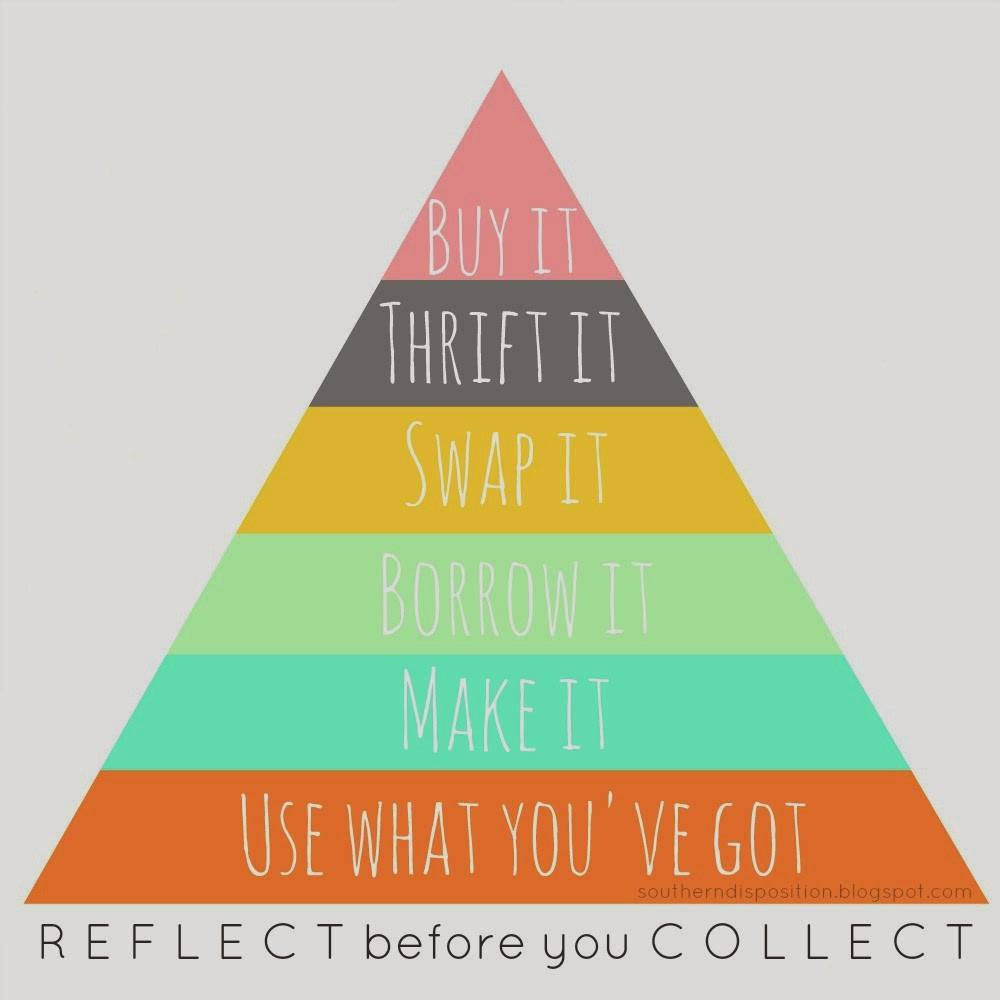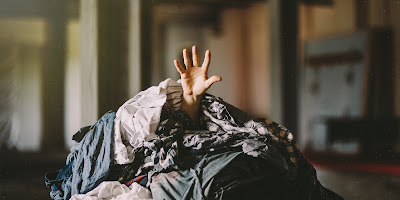ASA141
Entry 1
This Challenge is intimidating to me because I love shopping as a form of self-care, retail therapy if you will. I admit that I'm very held back by the feeling I get when I buy something new. It's satisfying opening the packaging but when it comes to actually using the item (clothes and makeup in particular), I don't use it as much as I would like since I do get too lazy to make a big effort to look nice on most days. I am a mindless spender, so over the course of this challenge, I know I'll learn to have a little more self-control and restraint.
Going into the Be Green challenge, one thing that concerned me was having to buy something new for any events I had coming up. But after learning about everything we did in class, especially watching the Made in LA Documentary, I asked myself, Why do I have to wear something new to every event? I really reflected on it because I shop at Forever21 very often, and most of the time it's when I need a last minute ensemble for a particular event. When it's not Forever21, it's FashionNova. Both of these retailers are huge Fast Fashion retailers and they are always adding new clothes to their store rotation. I was always aware of sweatshops existing, but for some reason I never thought that most of the places I buy clothing could be employing these unjust practices themselves. Perhaps during this challenge, I will learn to appreciate the clothing that I already have some more, or to borrow others' clothes instead of buying entirely new clothes of my own and even to utilize my sewing machine more.
I also hope to learn during the course of this challenge what brands I could be supporting instead that would also be financially reasonable for me as a college student/young adult. I feel like every brand that I've seen that is ethical does not fit my style, but I'm sure that there is something out there for me to discover that I can be excited about.
This video is an example of something I feel like I can learn to do and have always wished I had the skills to accomplish.










/arc-goldfish-tronc-thumbnails.s3.amazonaws.com/12-20-2018/t_4b046ab8be434b5d981776ff8b767b35_name_sns_factories_paid_workers_4_an_hou_20161117)







